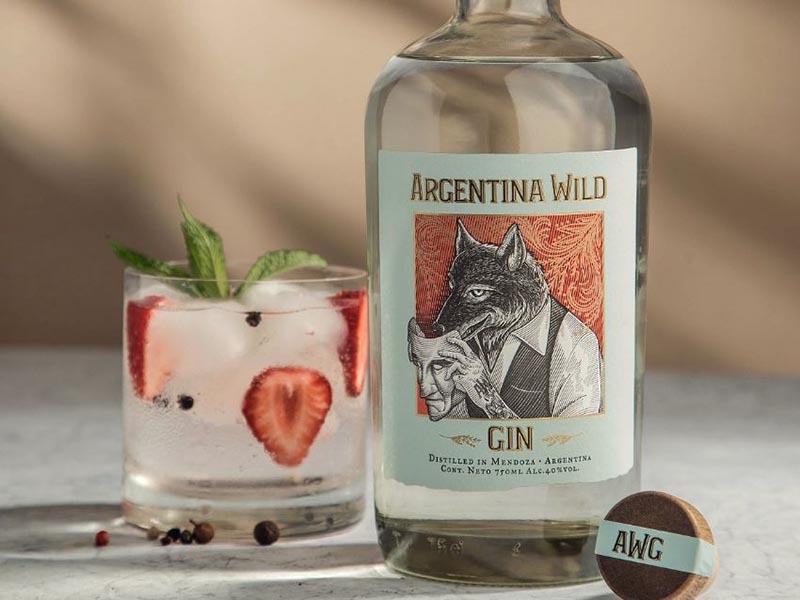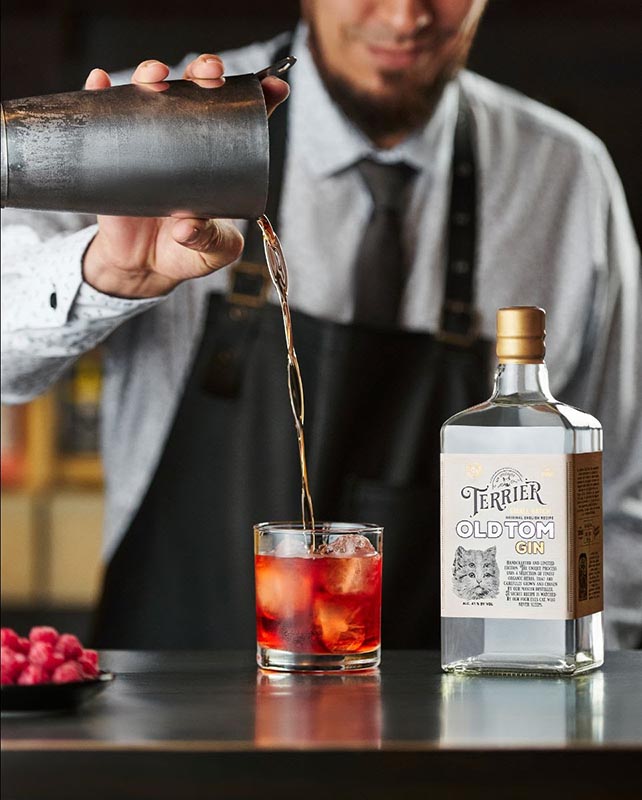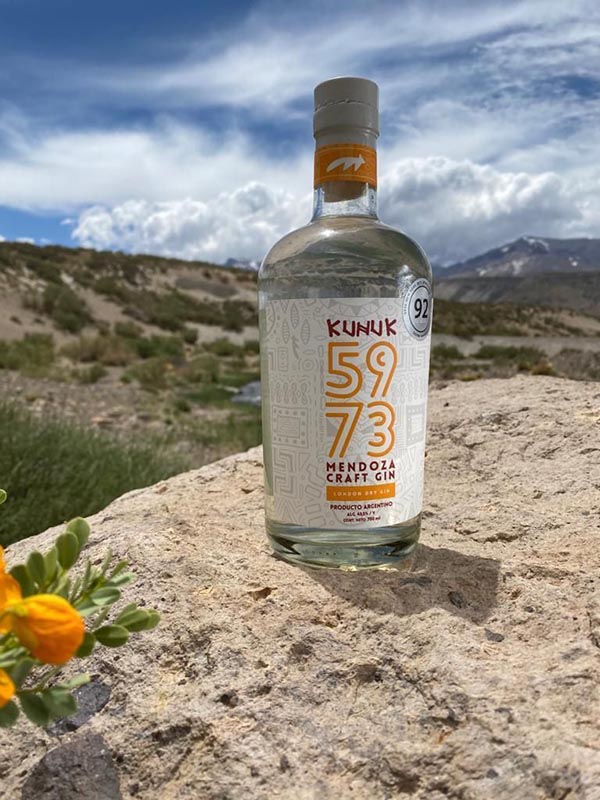After the launches that kicked off a new wave of Argentine gins with brands such as Apóstoles (from the award-winning bartender Tato Giovannoni), Buenos Aires Gin (from Destilería Moretti) and Sur Gin (the first from Argentina to be honored at the International Wine & Spirit Competition in 2018), new players from across the country are bringing out their own gins as part of a boom that just keeps on going.
These include distillers such as Heráclito – whose concoctions are overseen by the perfumier Julián Varea – and Hilbing, who make one of their gins using dried Malbec grapes from Primera Zona in Mendoza.
One interesting trend is regional gins that seek to faithfully reproduce the flavors of their terroir: this is true of a gin from Entre Ríos, Heredero, made with satsumas, and one from Jujuy, Del Marqués, one of whose botanicals is the rainforest herb muña muña, to name just a couple of an expanding range of new flavors from across the country.
Meanwhile, wineries and their oenological teams have been trying their hand at making gins with their own distinctive local character. Below we share three that you won’t want to miss out on:

Argentine gins to discover
Terrier: classic and modern
In addition to making top quality wines at their wineries Mosquita Muerta, Los Toneles, Fuego Blanco Wines and Abrasado, the Millán family from Mendoza has decided to get into the distillery business with Casa Tapaus. There, they produce Terrier, a line of five gins that offer both traditional versions and other more audacious interpretations.
The former include Old Tom Gin, made in a style that was popular in 18th Century Britain, which is sweeter than London Dry. The Tapaus recipe includes European juniper berries, cardamom and coriander seeds.

The catalogue also includes a classic London Dry that also features juniper – without which gin wouldn’t exist, of course – and several interesting variations: Citric (made with fresh lemon, orange and satsuma peel), Spicy (made with Jamaican, pink and black pepper, cinnamon, and nutmeg) and Wild (with goji berries, hibiscus, red sandalwood and fresh pink grapefruit peel).
Finally, Terrier Pink also has goji berries and pink grapefruit with pink pepper and an infusion of hibiscus flowers that lend it a pale pink hue.
Argentina Wild Gin: from north to south
In addition to being one of the partners who own the winery Manos Negras, Jorge Crotta is the mind behind Argentina Wild Gin, which he makes together with the oenologist Federico Colombo. Made from a base of triple-distilled cereal alcohol, the botanicals are then macerated for a week.
Combining aromas and flavors from the length and breadth of the country, Argentina Wild Gin combines wild chamomile flowers from Mendoza with Patagonian juniper and citrus fruit from the north. However, its main ingredient is pure snowmelt water from a spring in the Mendoza Andes at an altitude of 6500 feet above sea level naturally filtered by volcanic rock.

The formula has certainly proved successful thus far: in June 2021 Argentina Wild Gin won a silver medal and a score of 92 points at the IWSC (International Wine and Spirit Competition) in the UK.
Kunuk 5973: a family affair
At the same edition of the IWSC where Argentina Wild Gin won its medal, another product from Mendoza took bronze: the Kunuk 5973 gin from the Espíritu Zorro distillery run by Juan Roby (the oenologist at Bodega Lagarde) and his brothers Tomás, Federico and Andrés.
A year earlier, it won silver and an award for best distillery at another prestigious awards ceremony: the New York International Spirits Competition.
The spirit’s name is a combination of a Huarpe word for a traditional maize-based drink (maize also being the main ingredient in this gin) and the address of the family home where the distillery and its traditional copper still are housed.

Produced in small batches, Kunuk 5973 started to come onto the market in 2019 and contains coriander, aguaribay leaves and grains, apples, olives and raisins, among other botanicals. The juniper portion is a blend of wild berries from the Uco Valley and the forests of Lago Puelo in Chubut.
So, if you’re a fan of gin and are travelling around Argentina, you’ll find plenty of craft Argentine gins waiting to welcome you wherever you choose to visit.


